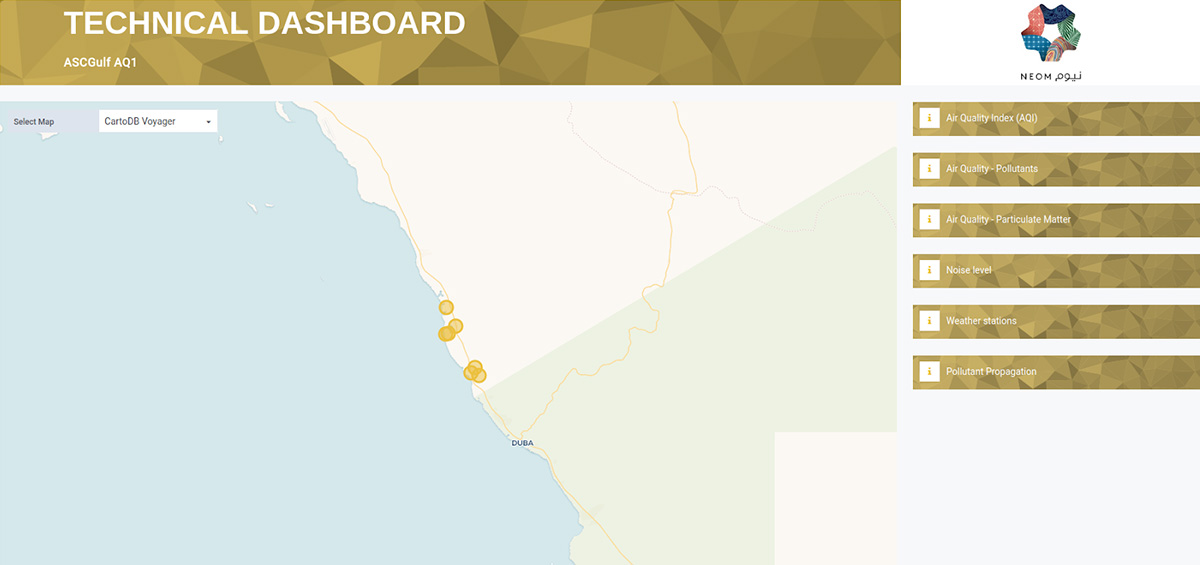Calculates traffic emissions for IoT measurements and model forecasts, allowing citizens and public authorities to easily understand the emissions amount in a location and timespan.
Libelium Traffic Environmental Impact service empowers citizens and public authorities with real-time and forecasted insights into different locations' emissions. As concerns about air pollution and its impact on health rise, having access to accurate and up-to-date emissions readings is crucial for making informed decisions.
Calculate Traffic Environmental Impact Calculation, promote intelligent mobility, and take sustainable actions by staying informed about traffic emissions. In concrete, it provides the following benefits to involved stakeholders: Real-time monitoring of air quality using IoT devices with the calculation of official WHO indicators Traffic and pollution dispersion models to identify and control critical pollution areas Sourcing and clustering air pollutants Ability to predict the effect that LEZ measures will have on city traffic Analysis of the impact on citizens and residents of the adopted policies and regulations Calculate Traffic Environmental Impact Calculation, promote intelligent mobility, and take sustainable actions by staying informed about traffic emissions.. In concrete, it provides the following benefits to involved stakeholders: i) real-time emissions information, ii) forecasted emissions information, iii) traffic management, iv) outdoor activities planning, iv) mobility decisions and v) environmental awareness.
Rapid urbanization and increased traffic lead to alarming levels of air pollution. Cities face the challenge of reducing pollutant gas emissions and promoting sustainable mobility. Companies and cities must effectively improve air quality, protect public health and promote a greener lifestyle in urban environments. By combining with other Libelium solutions, it is possible to approximate traffic emissions and related impacts easily and understandably, facing the complexity of the field. In addition, another challenge is ensuring emissions information for citizens so they can make intelligent decisions regarding mobility or know which areas are highly polluted or will be highly polluted, allowing citizens to select cleaner paths.
